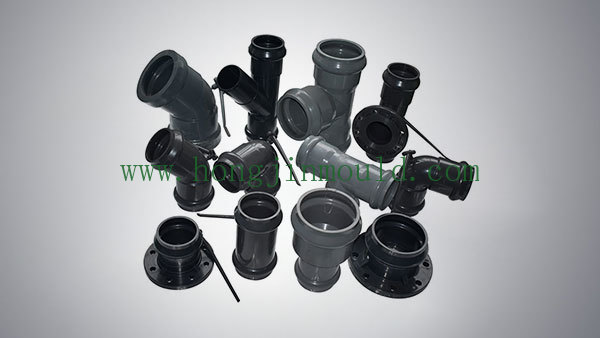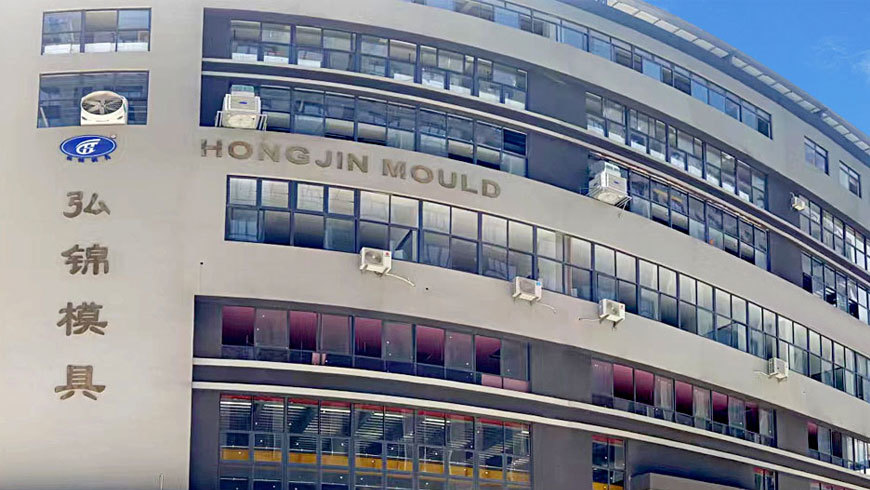Comprehensive Guide to PVC Drainage Pipe Fitting Moulds in the Plastic Mould Manufacturing Industry
2025-07-05
In the realm of plastic mould manufacturing, particularly within the context of PVC drainage pipe fitting moulds, understanding the intricacies of design and production is essential for ensuring efficiency and quality. PVC (Polyvinyl Chloride) is a widely utilized material in plumbing and drainage systems, owing to its durability, resistance to corrosion, and cost-effectiveness. Thus, the moulds used for creating these fittings are critical components that can significantly impact the overall performance and reliability of drainage systems.
When developing PVC drainage pipe fitting moulds, several factors must be taken into account. First and foremost is the design of the mould itself. The design phase often involves CAD (Computer-Aided Design) software for precise measurements and specifications, ensuring that the fittings created will seamlessly integrate with existing drainage systems. This stage is crucial, as any design flaws can lead to leaks or inefficiencies, resulting in costly repairs and project delays.
Another key consideration is the choice of materials for the moulds. High-quality steel or aluminum are commonly used due to their strength and ability to withstand the pressures of the injection moulding process. The durability of the mould material directly affects the longevity and number of cycles the mould can produce, impacting overall production costs and efficiency.
The manufacturing process for PVC drainage pipe fitting moulds typically involves several stages, including mould making, injection moulding, and quality testing. During the injection moulding phase, PVC resin is heated and injected into the mould cavity, where it cools and solidifies to form the desired shape. This process demands precision and expertise, as the temperature and pressure must be meticulously controlled to ensure optimal results.
Quality assurance is another vital aspect of using PVC drainage pipe fitting moulds. Rigorous testing procedures should be implemented to check for defects and ensure that each fitting meets industry standards. This process may involve pressure testing and dimensional inspections, guaranteeing that the fittings will perform reliably under various conditions.
In addition to technical considerations, manufacturers should also be aware of the evolving market trends and regulatory requirements in the plumbing industry. Keeping abreast of new developments can help in the timely adoption of innovative designs and materials, enhancing competitiveness in the market.
In conclusion, PVC drainage pipe fitting moulds play a fundamental role in the manufacturing process within the plastic mould industry. By focusing on design precision, material selection, manufacturing processes, and stringent quality control, manufacturers can produce high-quality drainage solutions that meet the demands of modern infrastructure. Understanding these components not only boosts production efficiency but also contributes to the overall success of manufacturing operations in this essential sector.
When developing PVC drainage pipe fitting moulds, several factors must be taken into account. First and foremost is the design of the mould itself. The design phase often involves CAD (Computer-Aided Design) software for precise measurements and specifications, ensuring that the fittings created will seamlessly integrate with existing drainage systems. This stage is crucial, as any design flaws can lead to leaks or inefficiencies, resulting in costly repairs and project delays.
Another key consideration is the choice of materials for the moulds. High-quality steel or aluminum are commonly used due to their strength and ability to withstand the pressures of the injection moulding process. The durability of the mould material directly affects the longevity and number of cycles the mould can produce, impacting overall production costs and efficiency.
The manufacturing process for PVC drainage pipe fitting moulds typically involves several stages, including mould making, injection moulding, and quality testing. During the injection moulding phase, PVC resin is heated and injected into the mould cavity, where it cools and solidifies to form the desired shape. This process demands precision and expertise, as the temperature and pressure must be meticulously controlled to ensure optimal results.
Quality assurance is another vital aspect of using PVC drainage pipe fitting moulds. Rigorous testing procedures should be implemented to check for defects and ensure that each fitting meets industry standards. This process may involve pressure testing and dimensional inspections, guaranteeing that the fittings will perform reliably under various conditions.
In addition to technical considerations, manufacturers should also be aware of the evolving market trends and regulatory requirements in the plumbing industry. Keeping abreast of new developments can help in the timely adoption of innovative designs and materials, enhancing competitiveness in the market.
In conclusion, PVC drainage pipe fitting moulds play a fundamental role in the manufacturing process within the plastic mould industry. By focusing on design precision, material selection, manufacturing processes, and stringent quality control, manufacturers can produce high-quality drainage solutions that meet the demands of modern infrastructure. Understanding these components not only boosts production efficiency but also contributes to the overall success of manufacturing operations in this essential sector.

We provide exceptional products and quality services, ensuring that our products meet the relevant standards of various countries, and earning the trust and support of our customers.
CONTACT
103, Building 10, Lecheng Molding Industrial Park, Xinqian Street, Huangyan District, Taizhou city, Zhejiang Province











